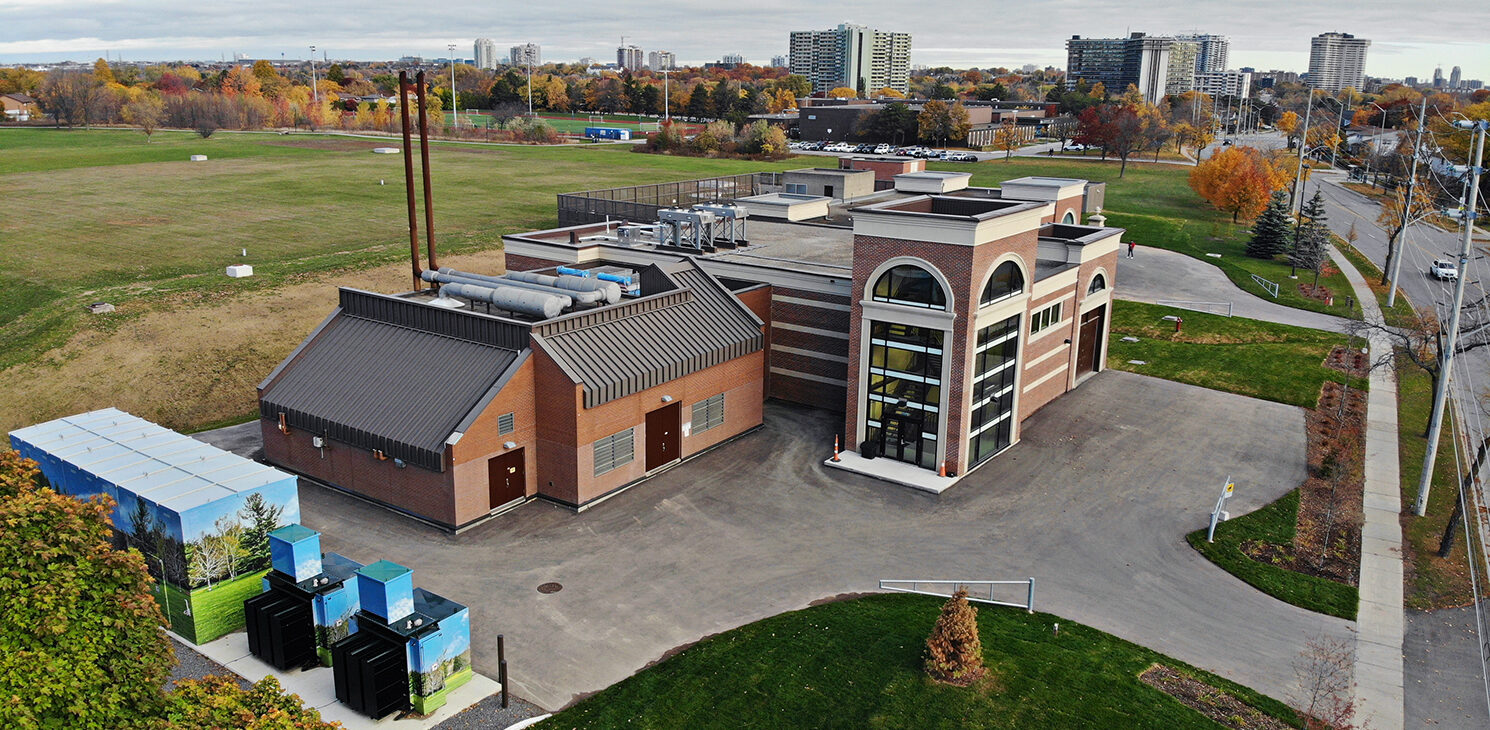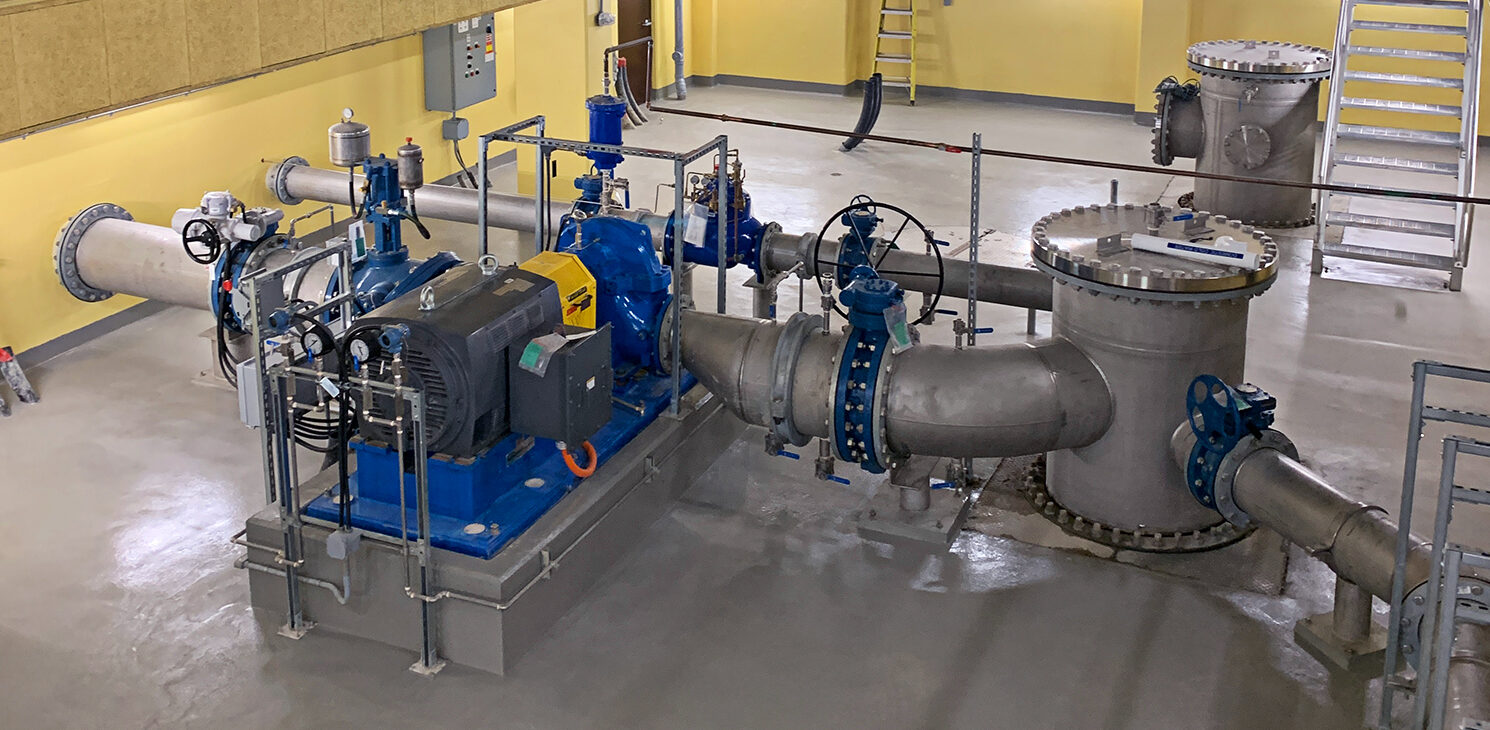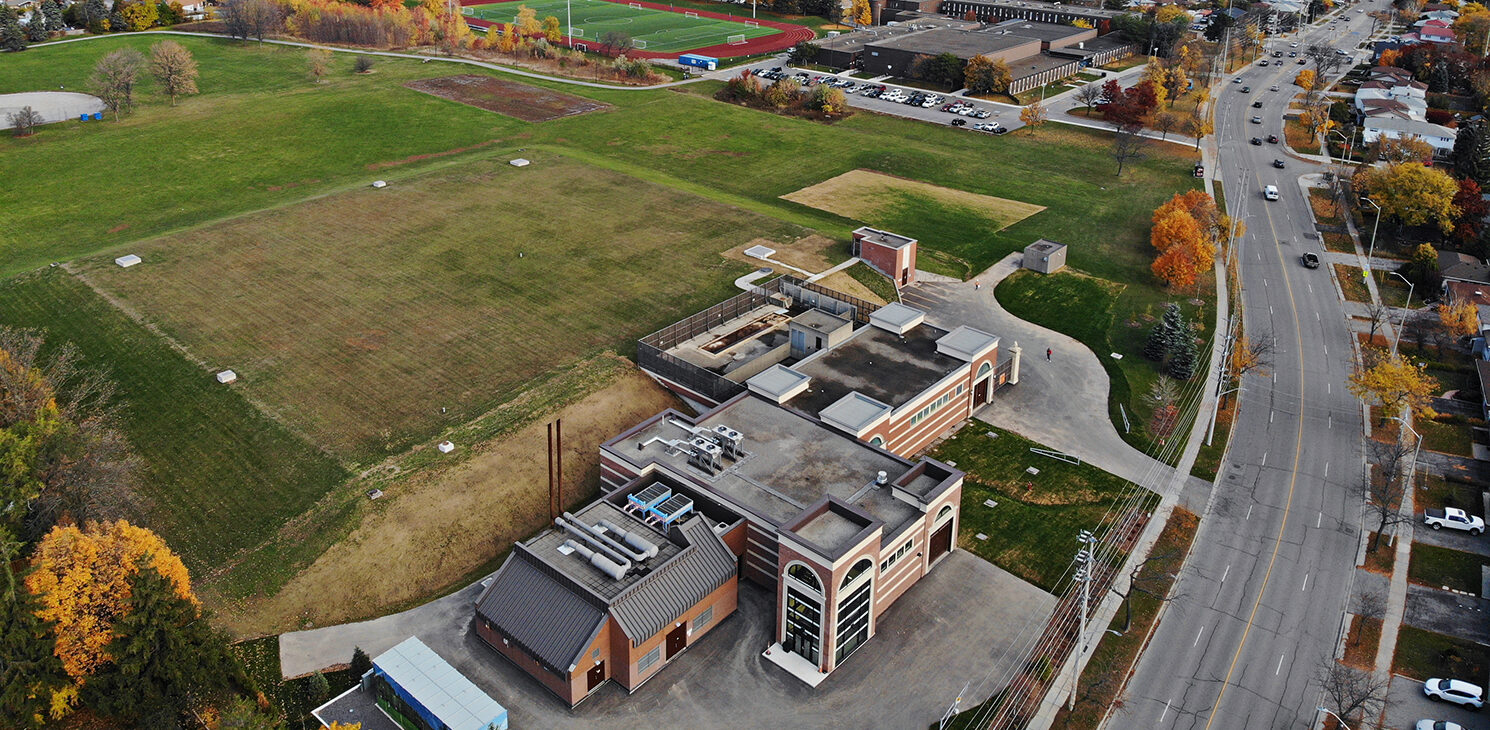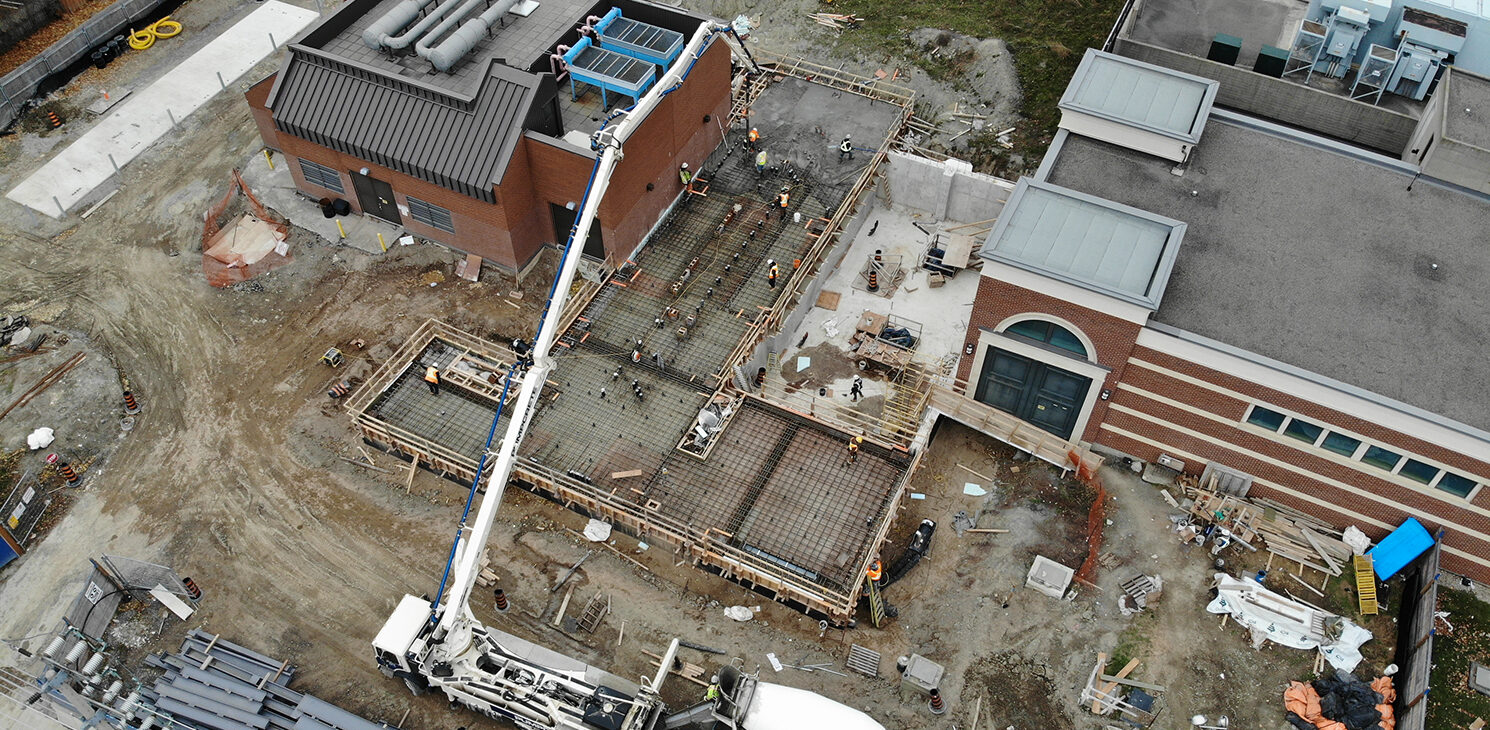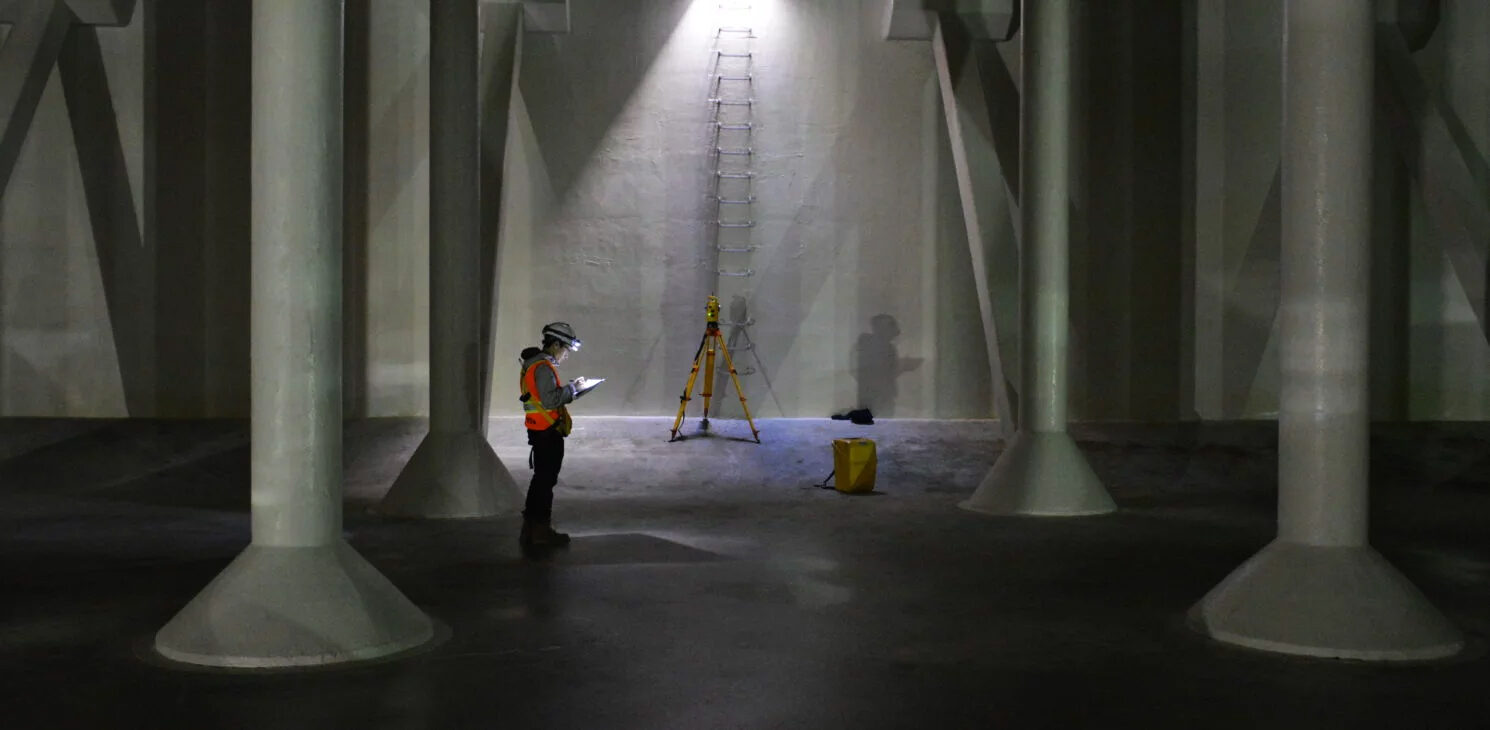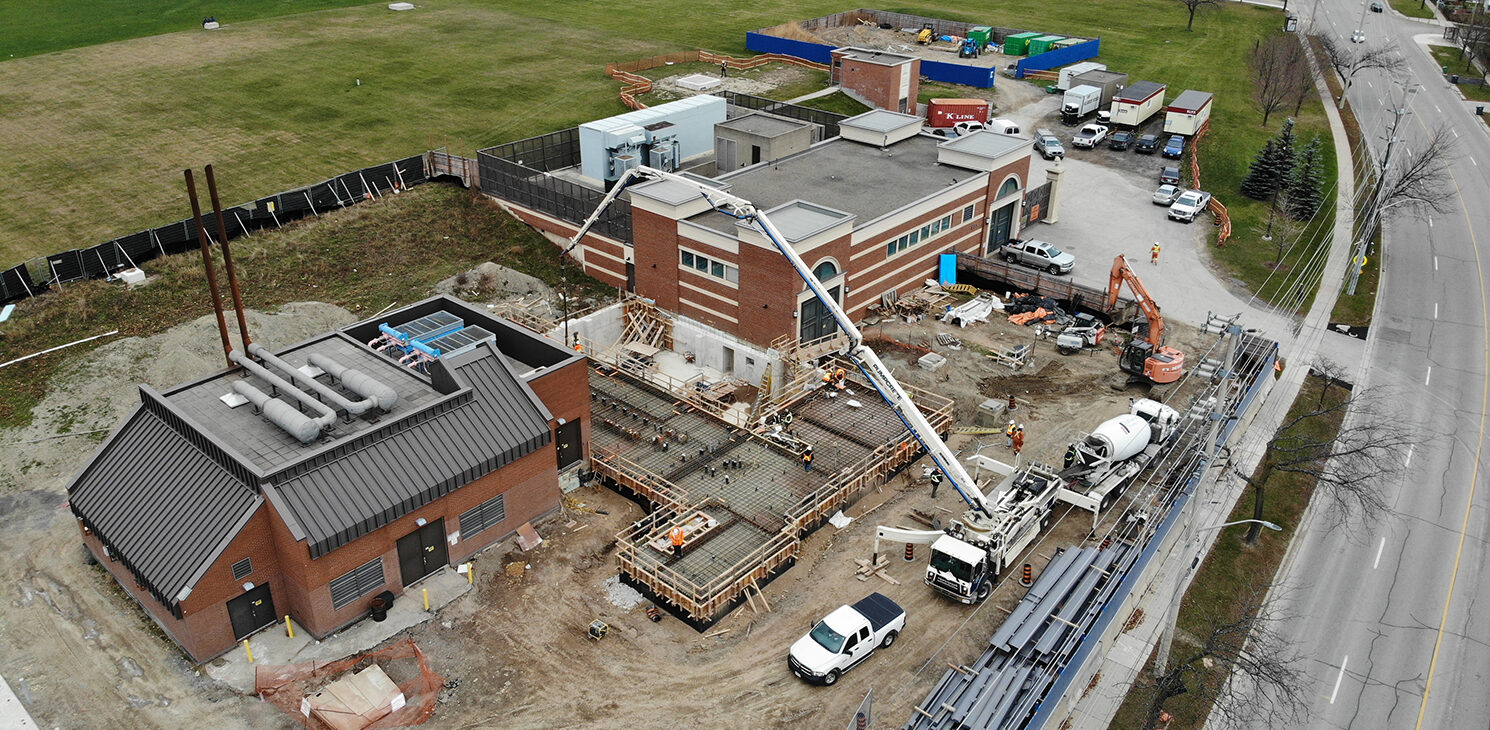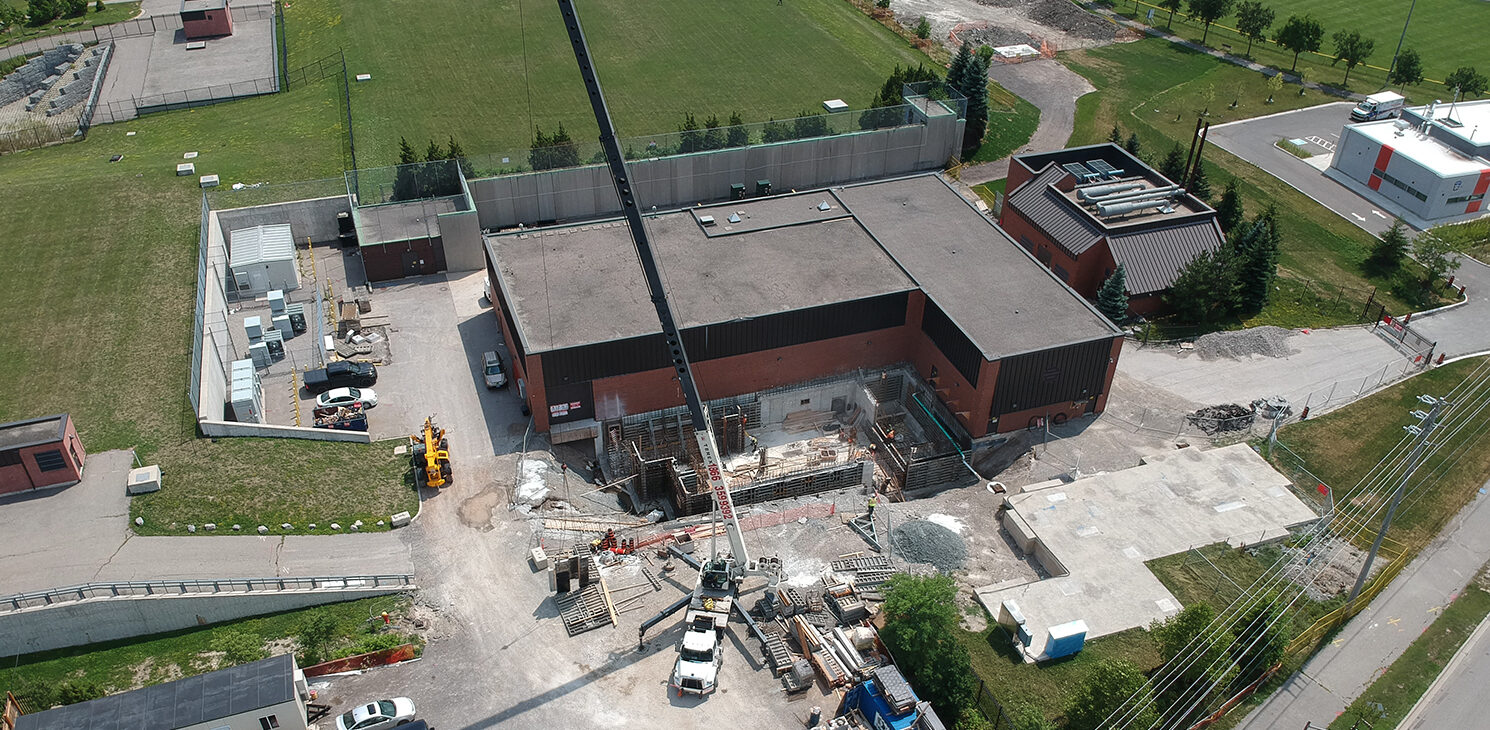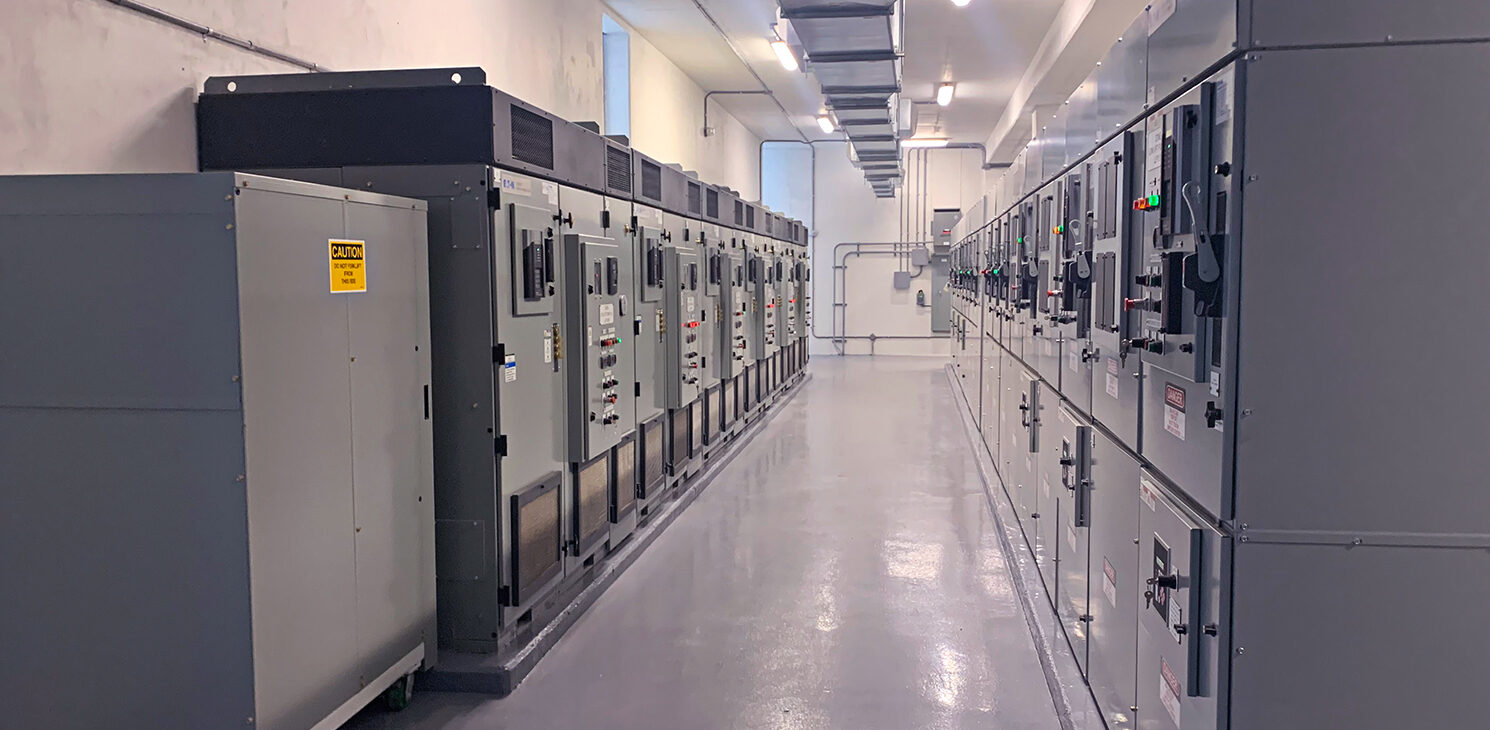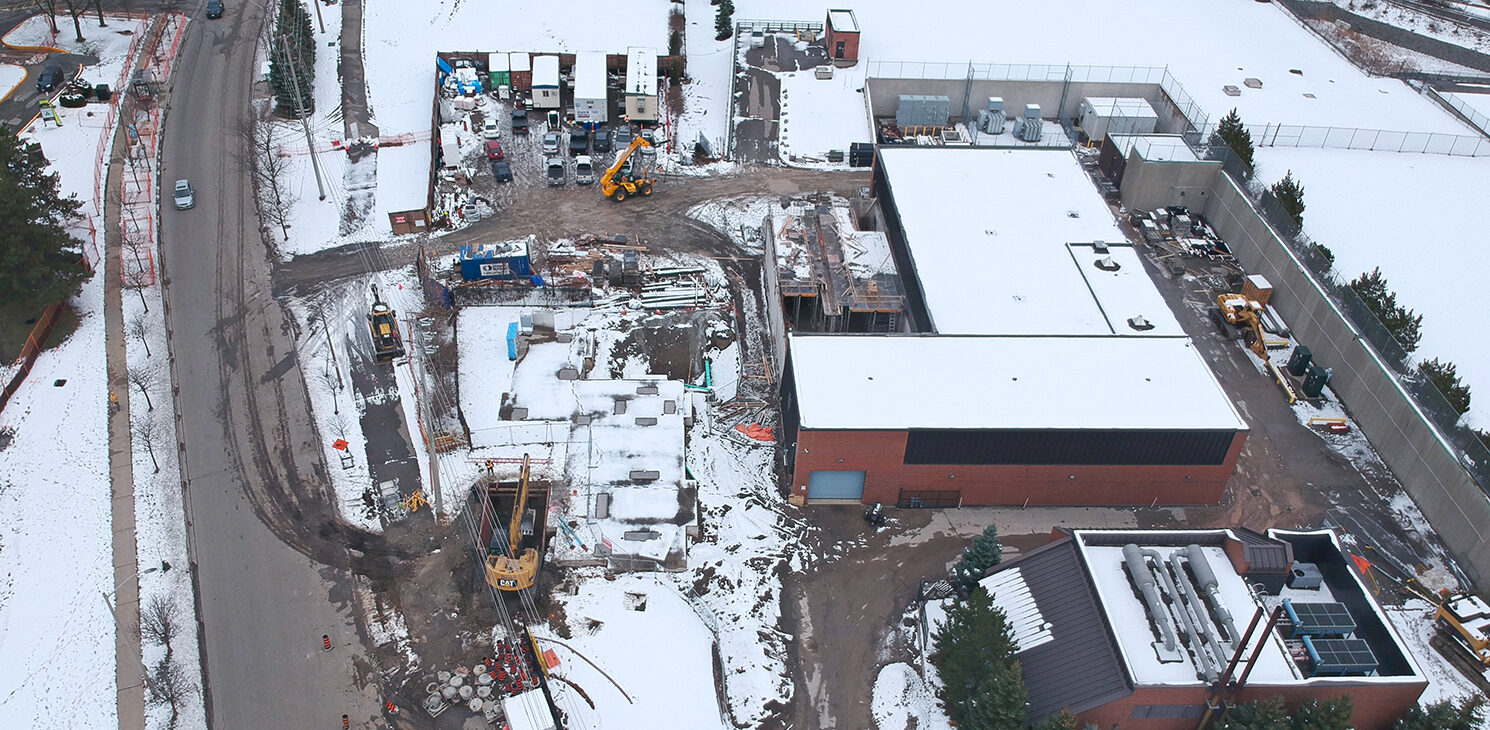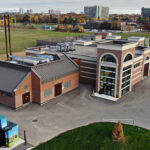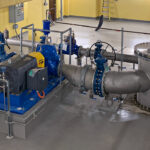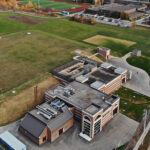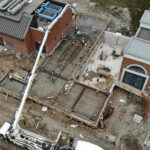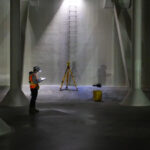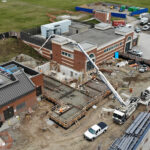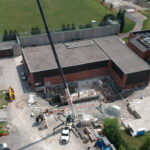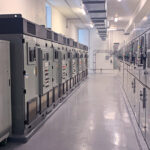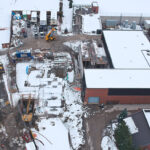Peel Region’s Water and Wastewater Master Plan identifies expansions and upgrades required in the South Peel water supply and storage system through to 2031. Future intensification is a key consideration of the Master Plan given the Region’s growth projections within the planning horizon and to ensure resilience and redundancy within the water system. Two projects identified in the plan were the expansion and upgrade of the Silverthorn and Herridge Pumping Stations.
The two stations are key components of Peel’s water supply system. They directly supply drinking water to the major southern metropolitan areas of the Region and pump water north to the rest of the system, with the result that all drinking water provided to end users across the entire Region—approximately 1.5 million residents as well as the Region’s businesses and public institutions—passes through these two pumping stations. Given their critical function in the system, resilience and redundancy were paramount design priorities, and the facilities had to remain online and in service throughout construction. CIMA+’s design kept the stations in continuous operation as they were expanded and modernized. The replacement and upgrade of critical drinking-water infrastructure, including major electrical equipment and automation control systems, has significantly enhanced the safety, reliability and resilience of the Region’s water supply.
An economically sustainable design that will lower costs for future generations
Also of key importance in the design was the ability of the site and facility layouts to accommodate additional expansion beyond the current planning horizon so that future costs of expansion are minimized for later generations. Through design details like piping stubs with blanked ends and the sizing of all major electrical equipment to have enough capacity for easy connection of future loads, the modernized facility is ready for expansion to meet future population growth. Though building now for future capacity upgrades added to the present-day project costs, the Region will realize substantial savings in the long-term.
A safer system with lower energy and material requirements
The upgrades, including the repairs carried out to the joints in the underground tanks, have eliminated the loss of potable water from the reservoir. This has increased the resilience of the system and reduced the chemical and energy resources that are required for treatment and delivery of water in the system. The elimination of leaks has also increased the safety of the water supply by preventing the ingress of potentially contaminated groundwater into the system. Further energy savings have been achieved at the two stations through the addition of variable-frequency drives for the pumps, which allow operators to adjust flows out of the station to match demand.
